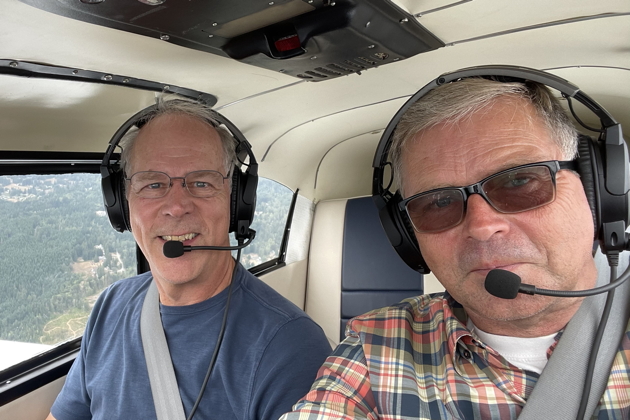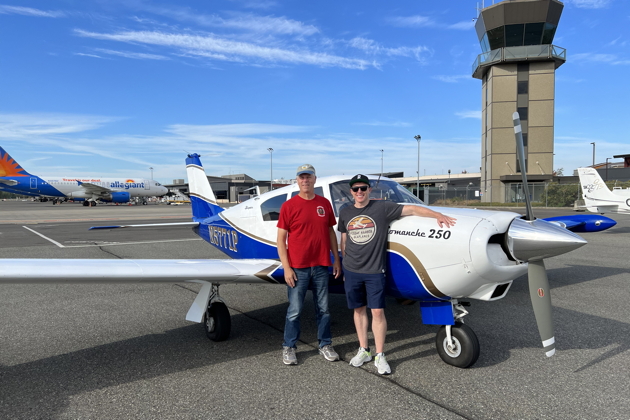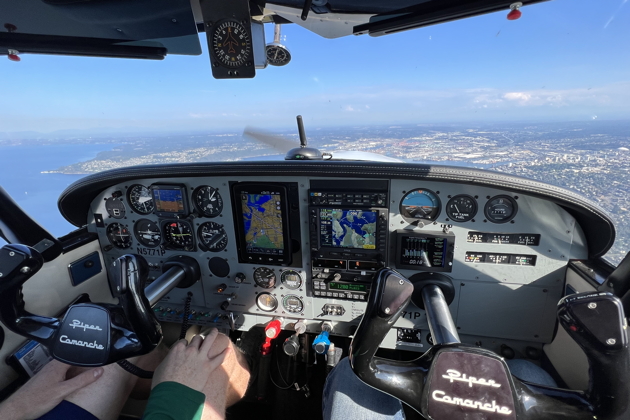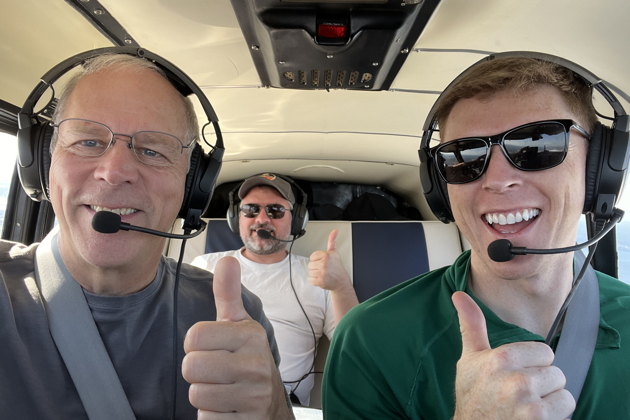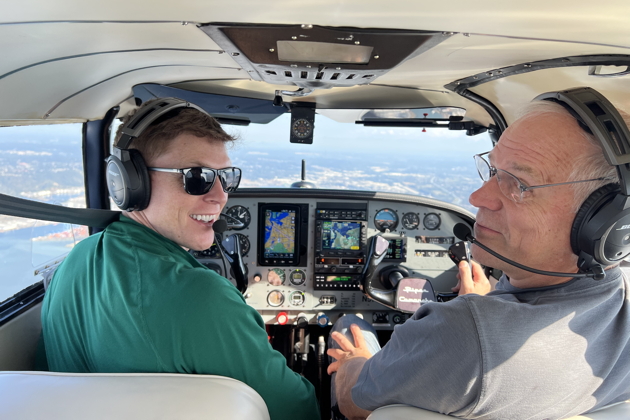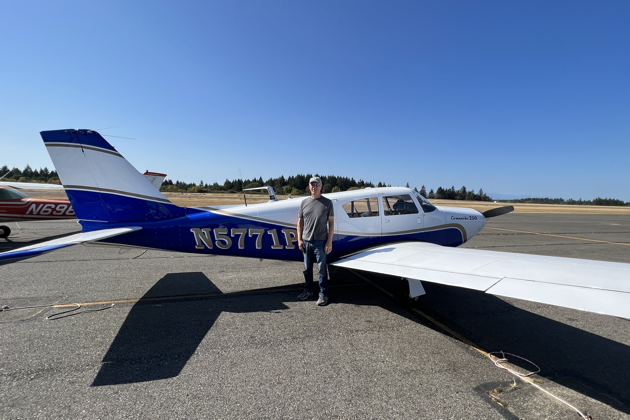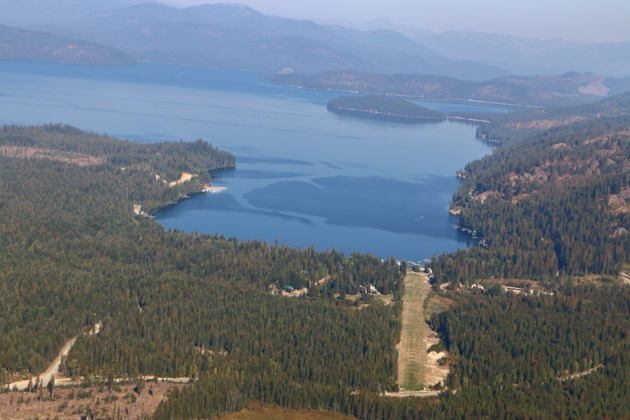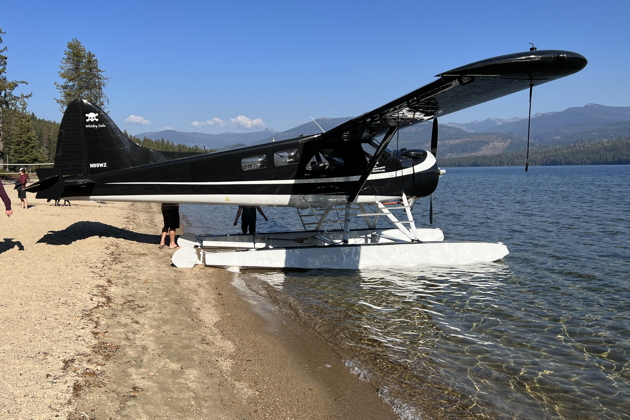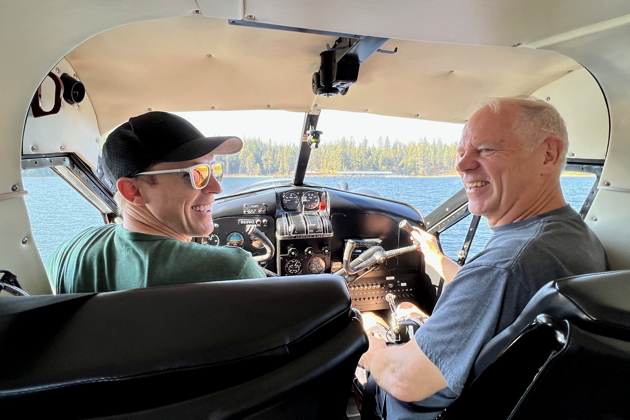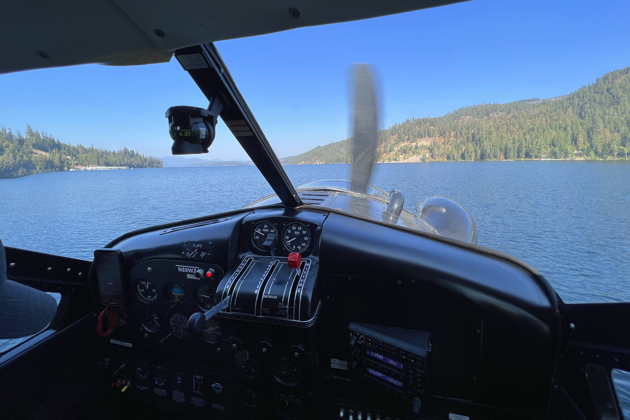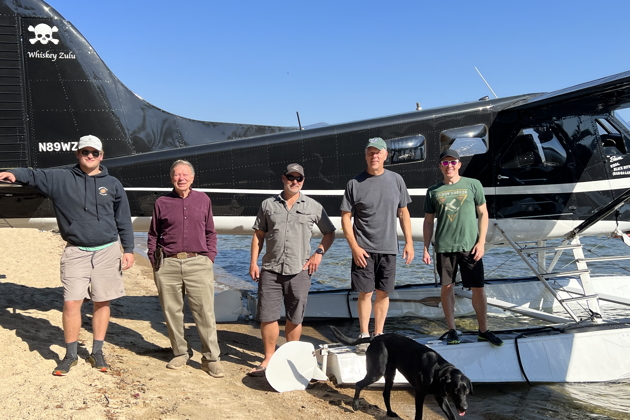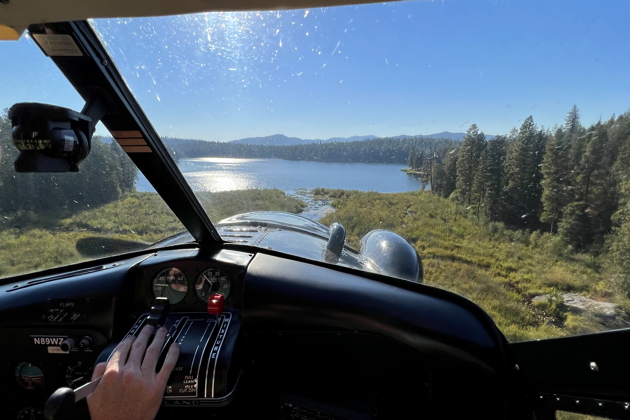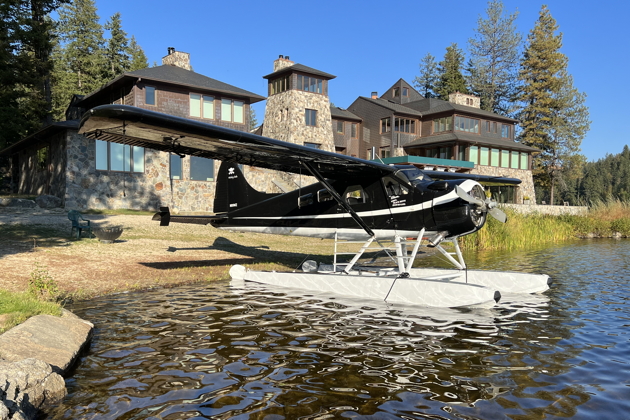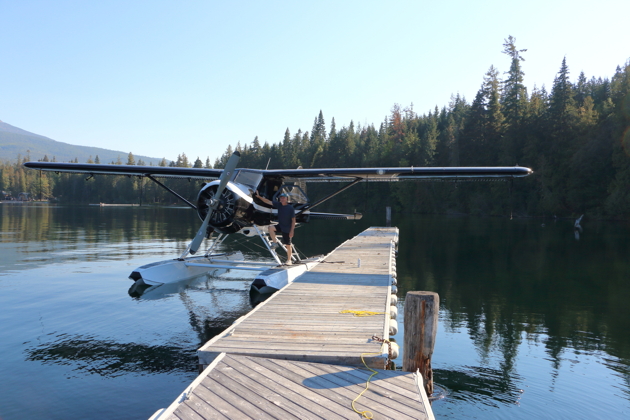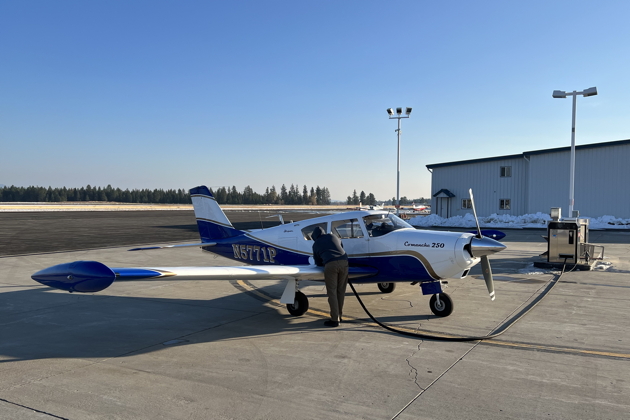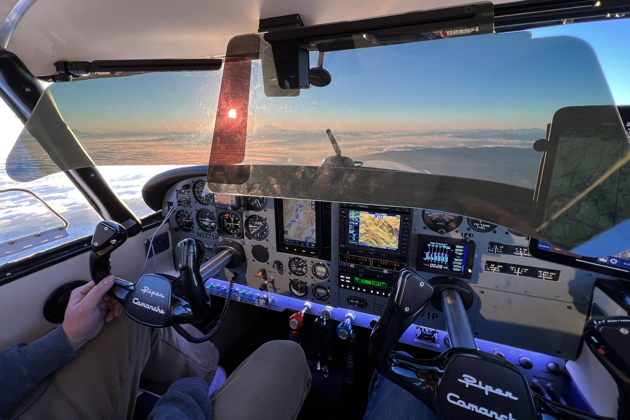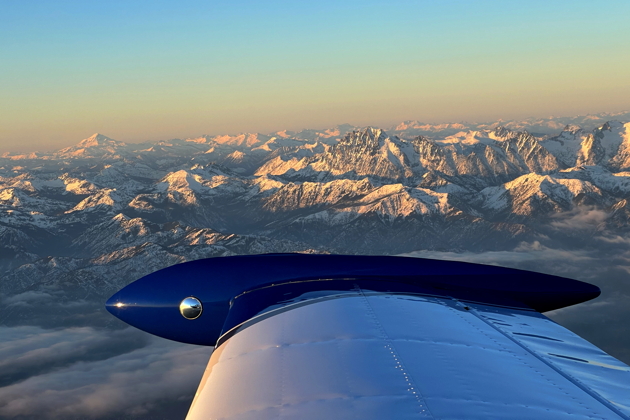FlightLog Archive
∟Aircraft Flown
Comanche and Beaver Flying - Sep-Oct 2022
Some of the most amazing opportunities in aviation are the new flying adventures that open up through the people involved. I have made friends over the past few years with my maintenance team at NW Seaplanes as they conducted annuals on my Warrior, and especially after they installed a new O-320 engine in my bird in 2020, which has been flying perfectly since. I flew a number of the team in my airplane, and followed their work and flights on many other airplanes.
In the summer of 2022, Brain from NW Seaplanes contacted me concerning some help needed for a local seaplane pilot, Kevin, who had recently purchased a Piper Comanche 250, and needed a checkout.
Although I had zero Comanche time, I had over 1000 hours in PA-28s, which fly similarly with common systems, plus I had over 2000 hours in complex/retractable aircraft, which Kevin’s insurance company appreciated due to the retracting gear on the Comanche. Insurance only additionally required a check out for me with a CFI with specific Comanche 250 experience. We found a previous owner of Kevin’s Comanche, Bob O’harra, who is a CFI, who graciously offered me a checkout. After studying the POH and discussing aircraft nuances with other Comanche pilots, I was able to fly a very enjoyable checkout flight with Bob, reveling in the power and climb capability, smooth flight controls, and overall comfortable feel in the pattern and landing. Kevin’s Comanche has a new engine, prop, interior and paint job, so although it was originally manufactured in 1959, it looked and flew like a new airplane.
The Comanche flies like a bigger, slicker Warrior. On takeoff, a good dose of right rudder is needed with the more powerful O-540 engine, and it pays to accelerate to around 80 MPH for liftoff, since with the wing design, zero or one click of flaps and neutral trim, the Comanche tends to lift off too early into ground effect, so a bit of forward yoke helps. Acceleration is quick, and pitching to between Vx and Vy yields an impressive climb angle and a 1500 FPM climb rate at sea level.
Slowing down in a descent to landing takes some pre-planning, since the Comanche is so clean. A downwind speed of 100 MPH works well for configuring the gear and flaps, 90 MPH works great for base to final, slowing to 80 MPH on short final, then blending in some good aft yoke in the flare.
Kevin’s insurance company required him to fly a minimum of 10 hours with a CFI, with 25 landings and a flight at 90% of max gross weight. Kevin’s previous flying in his Beaver and Cessna 180 quickly showed in his good airmanship and quick learning curve for Comanche specifics, so we began exploring a number of the great airports around the northwest, including most of the island airports in the San Juans, then a more challenging approach and nice landing to the grass runway at Cavanaugh Bay (66S) by Priest Lake, Idaho.
Flying to Priest Lake gave me an opportunity to get some flying time in another impressive aircraft, Kevin’s personal DHC-2 Beaver on straight floats. Kevin’s Beaver is moored nearby Cavanaugh Bay at the Tanglefoot Seaplane Base (D28), within walking distance. After meeting Kevin’s future in-laws, and checking out their two gorgeous Grumman Mallard seaplanes in Tanglefoot’s hangar, we proceeded to give the gorgeous black and white Beaver a quick wash, then I was coached through my first engine start by Marcus, another visiting Beaver pilot. After my experience starting Nanchangs and other radial engined aircraft, the Beaver started easily. Taxiing on the water using water rudders was a breeze, but I quickly learned that a leading dose of right rudder was needed immediately once power was added when throttling up the big Pratt & Whitney R-985 engine.
The technique of lifting a float works well to decrease drag for a quicker liftoff from the water. Once airborne, the Beaver is a stable but surprisingly maneuverable bird, especially in the low altitude/normal flying environment. Visibility is great forward and down to the sides, allowing for good altitude estimation over the water. Once power, airspeed and descent rate were set, the Beaver was surprisingly easy to grease on to the water. My first landing was adjacent to the Priest Lake marina, where we stopped for lunch at the Cantina and Beach Bar. I was able to practice a few water takeoffs and landings - and want more!
After docking and bringing the Beaver on land, we walked back to Cavanaugh Bay for our night flight return to Puyallup, after a quick stop at Felts Field for food and fuel. The Comanche’s decent cruise speed made the leg to Puyallup enjoyable as we figured out night lighting settings for the various independent equipment items and light sources in the cockpit. Once on final for KPLU, the bright LED landing lights provided good illumination for judging our flare height for a smooth night touchdown.
The Comanche and Beaver are enjoyable additions to my aircraft flown list - thanks for the new opportunities, Kevin!
 KASPRZYK
KASPRZYK
